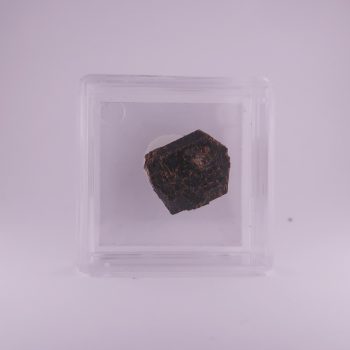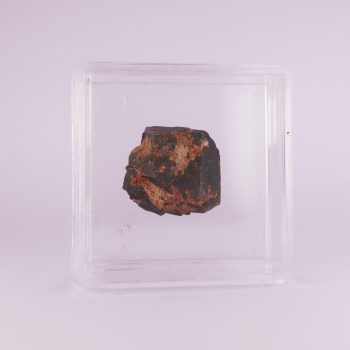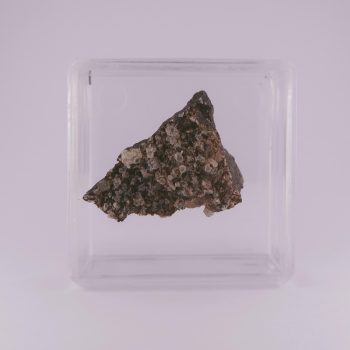Augite
A common pyroxene rock forming mineral found in igneous and metamorphic rocks.
Showing all 3 results
-

Augite from Erque, Spain
Price range: £3.00 through £7.50 -
Updated

Augite from the Canary Islands, Spain
£2.00 -

Perovskite, Nepheline, and Augite from Graulay quarry, Germany
£20.00
Information about Augite
A common pyroxene rock forming mineral found in igneous and metamorphic rocks.
It is a member of the clinopyroxene group.
Uses and History
Augite is not commonly used in industrial purposes, but it is sometimes sought after by mineral collectors.
The name augite comes from the Greek word ‘augites’, meaning brightness, a reference to the minerals lustre.
It was named by Abraham Gottlob Werner in 1792.
Mineralogy
Brown-green, black, green, brown, off-white
Hazards and Warnings
Mineral collectors should wash their hands after handling specimens, to avoid any exposure to potential toxins.
Almost all rocks, minerals (and, frankly, almost all other substances on earth) can produce toxic dust when cutting, which can cause serious respiratory conditions including silicosis.
When cutting or polishing rocks, minerals, shells, etc, all work should be done wet to minimise the dust, and a suitable respirator or extraction system should be used.
Translations
Arabic:
Hindi:
Portuguese:
Bengali:
Indonesian:
Punjabi:
English:
Italian:
Russian:
- Авгит
French:
Japanese:
- 普通輝石
Spanish:
- Augita
German:
- Augit
Korean:
Thai:
Gujurati:
Mandarin Chinese:
- 普通辉石
Urdu:
